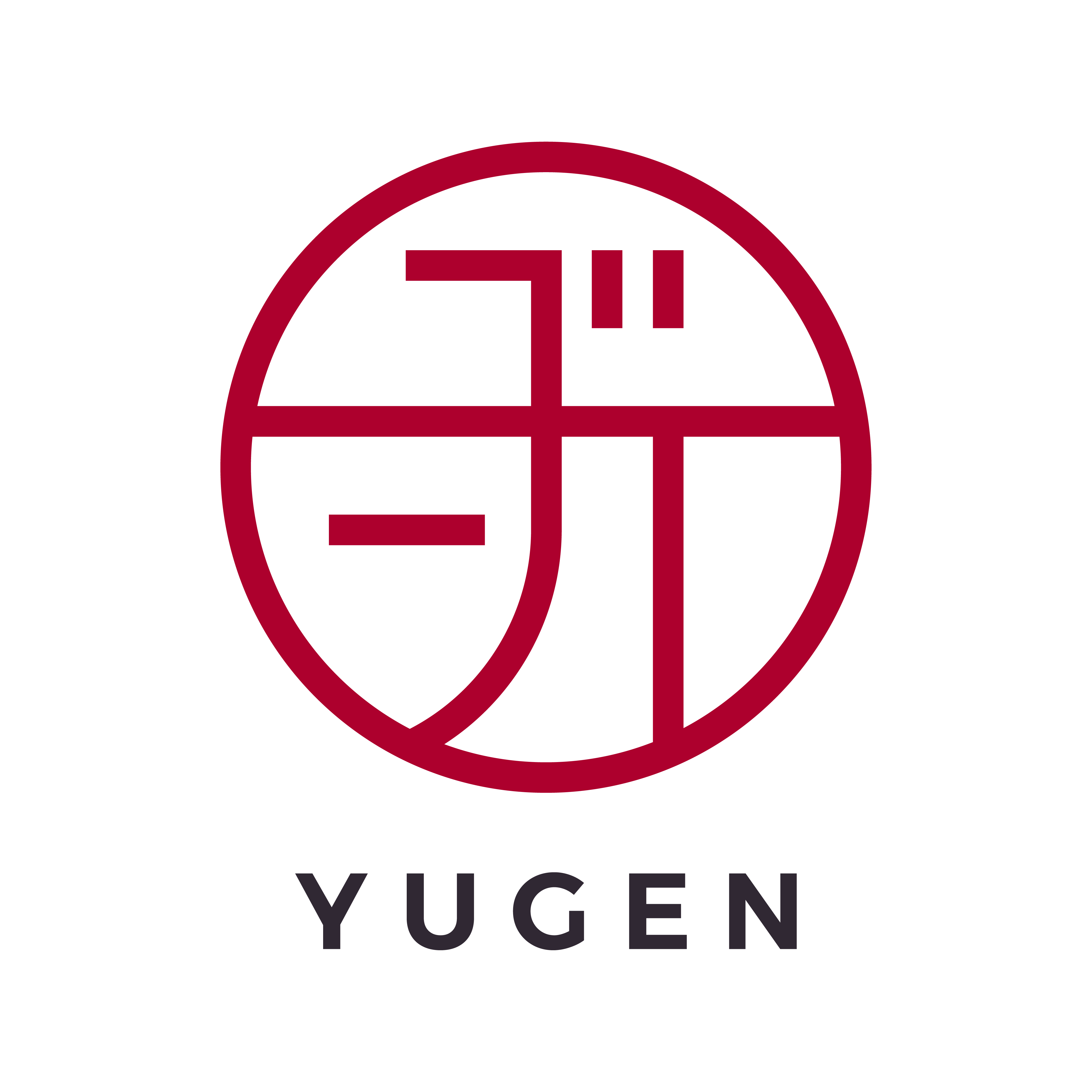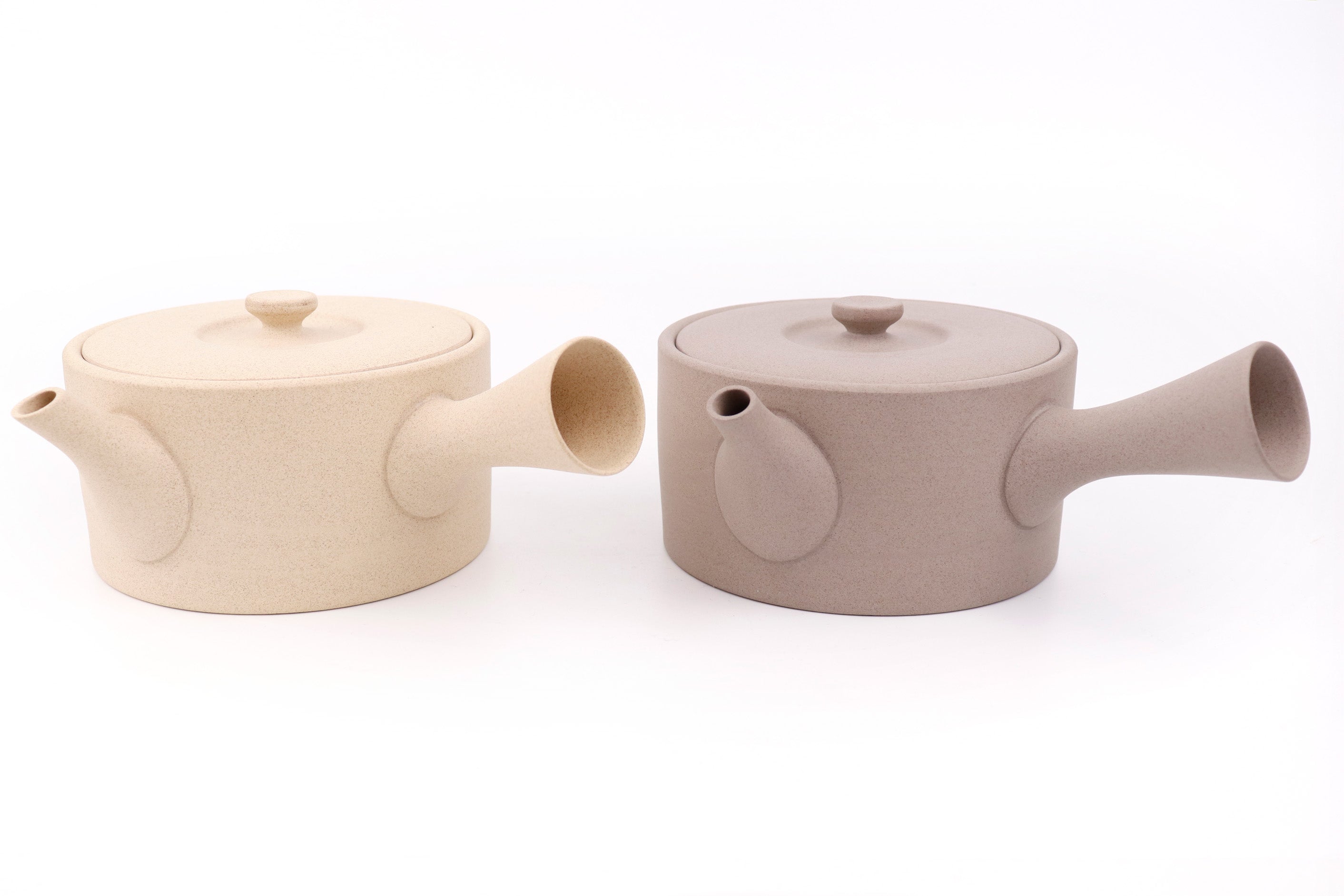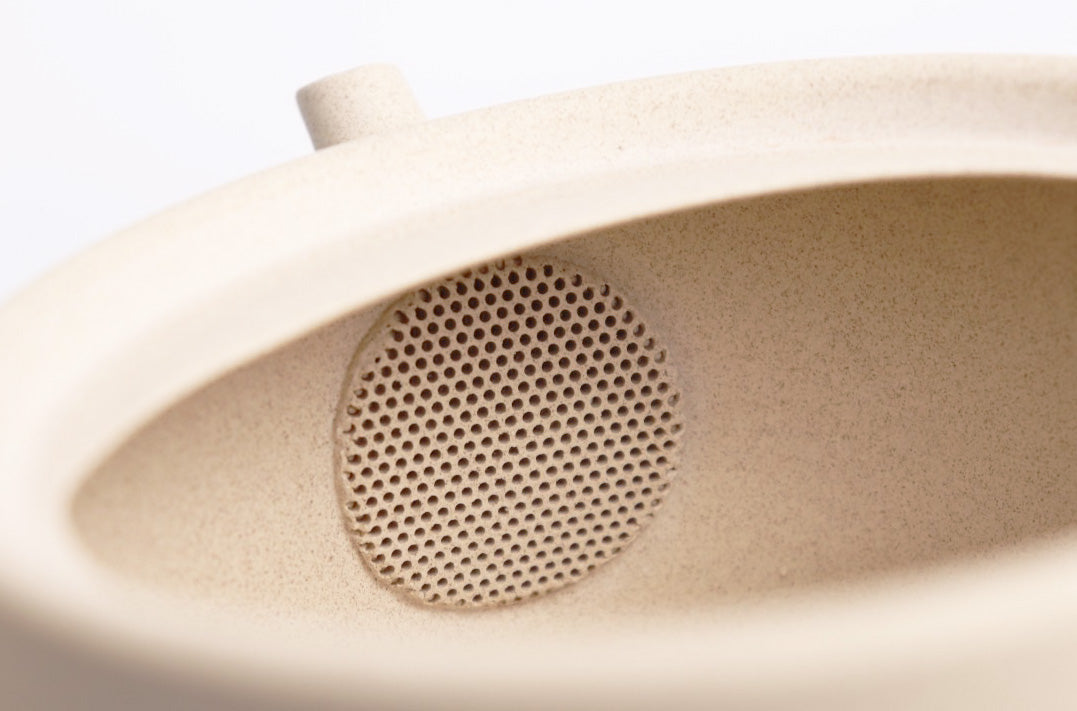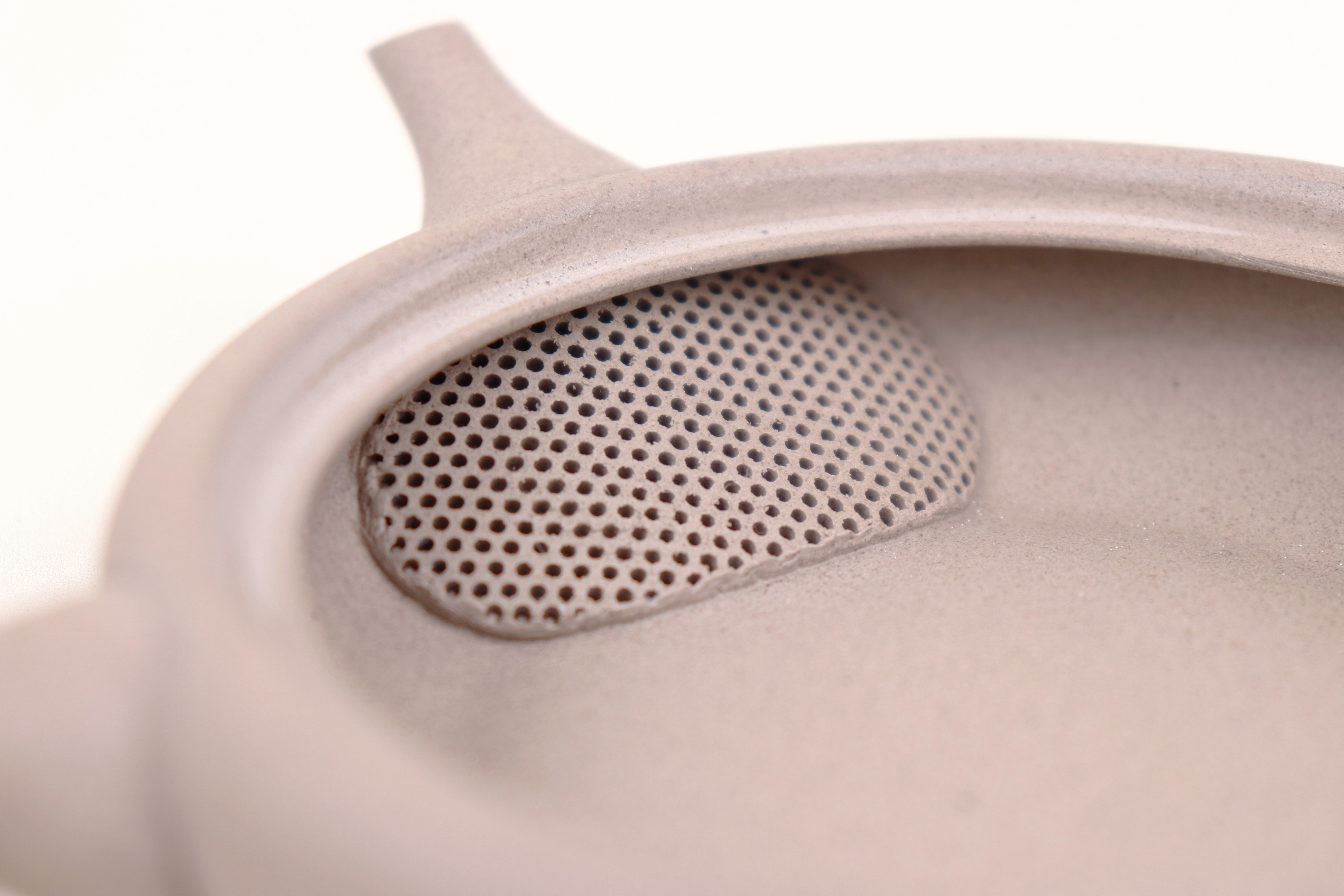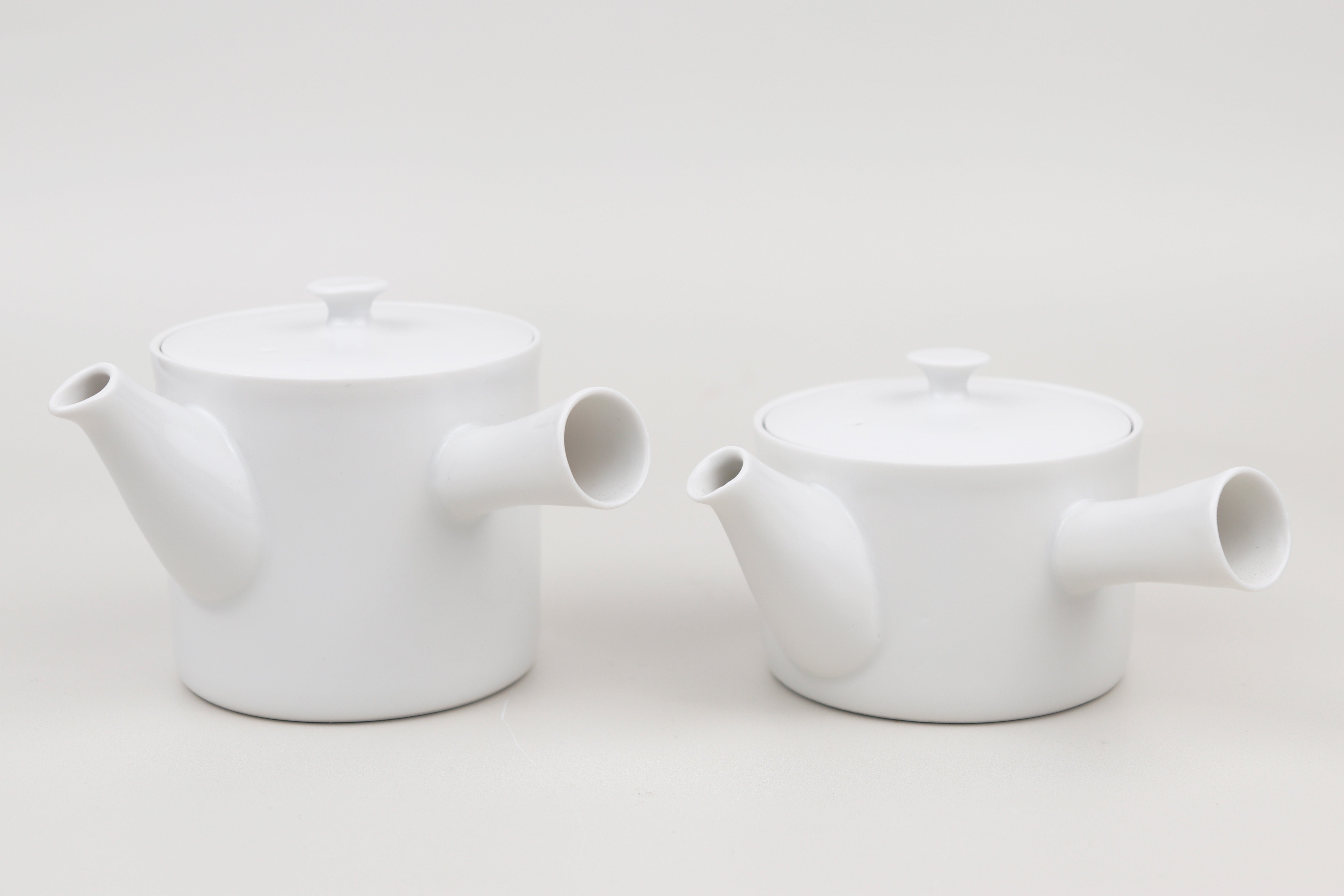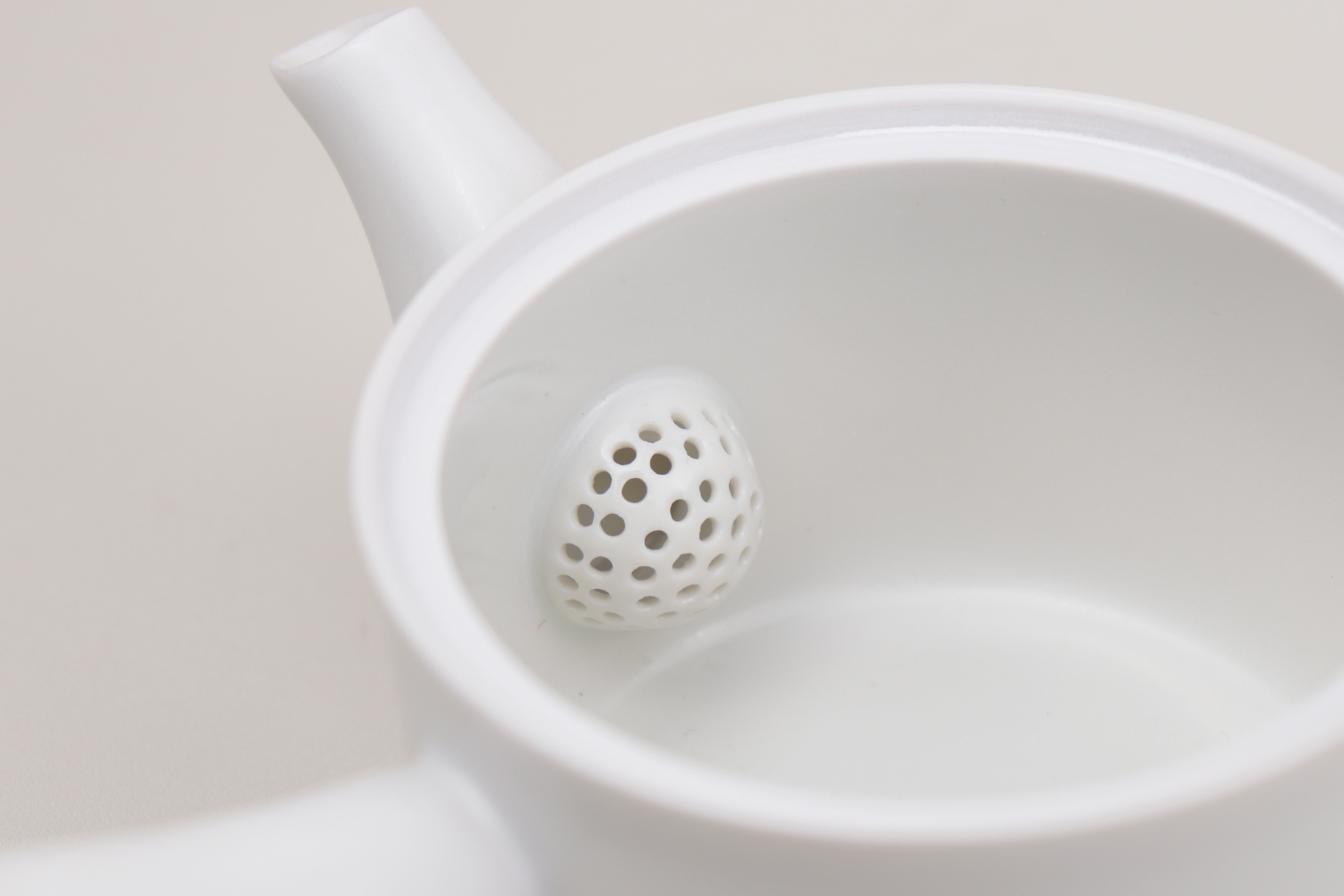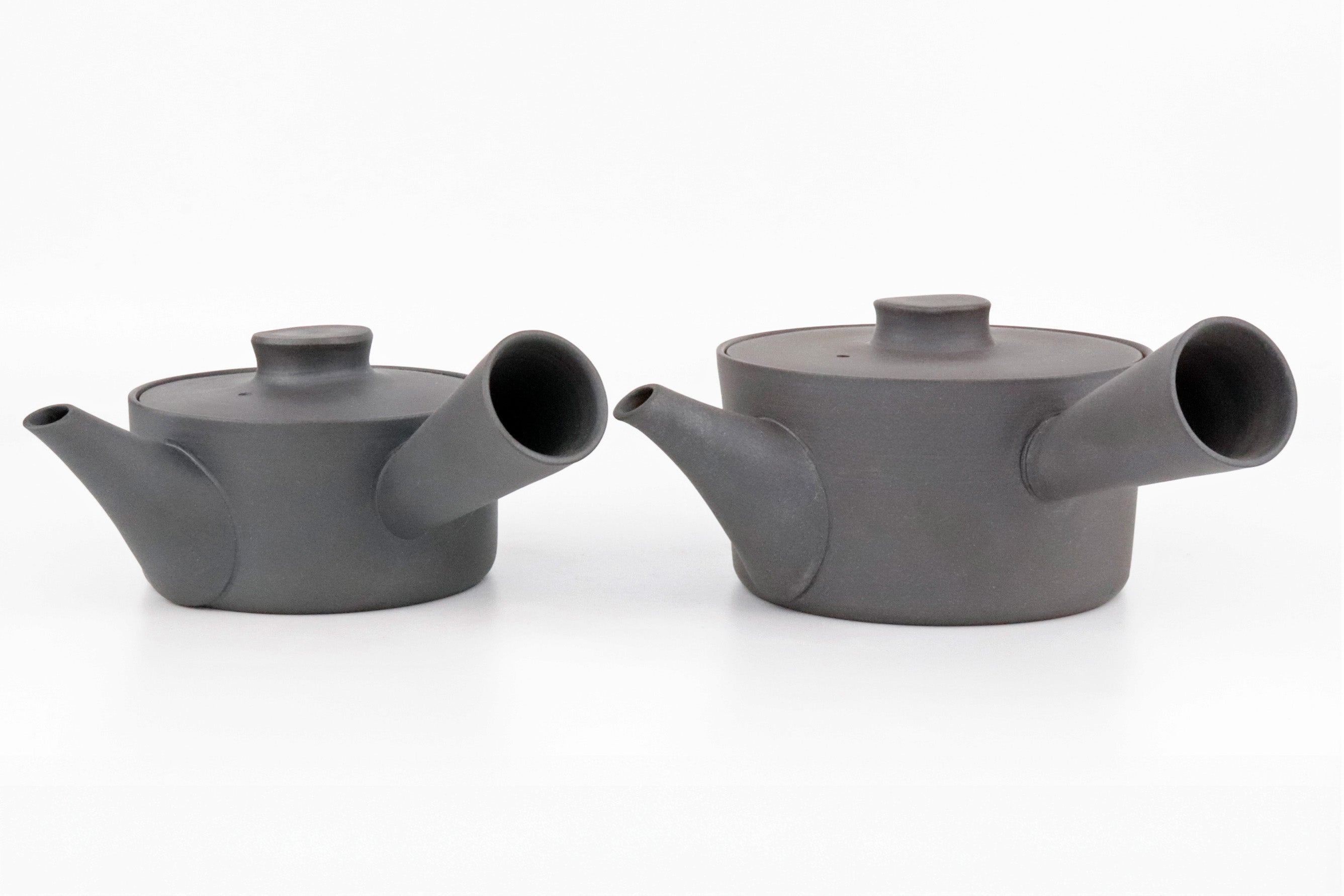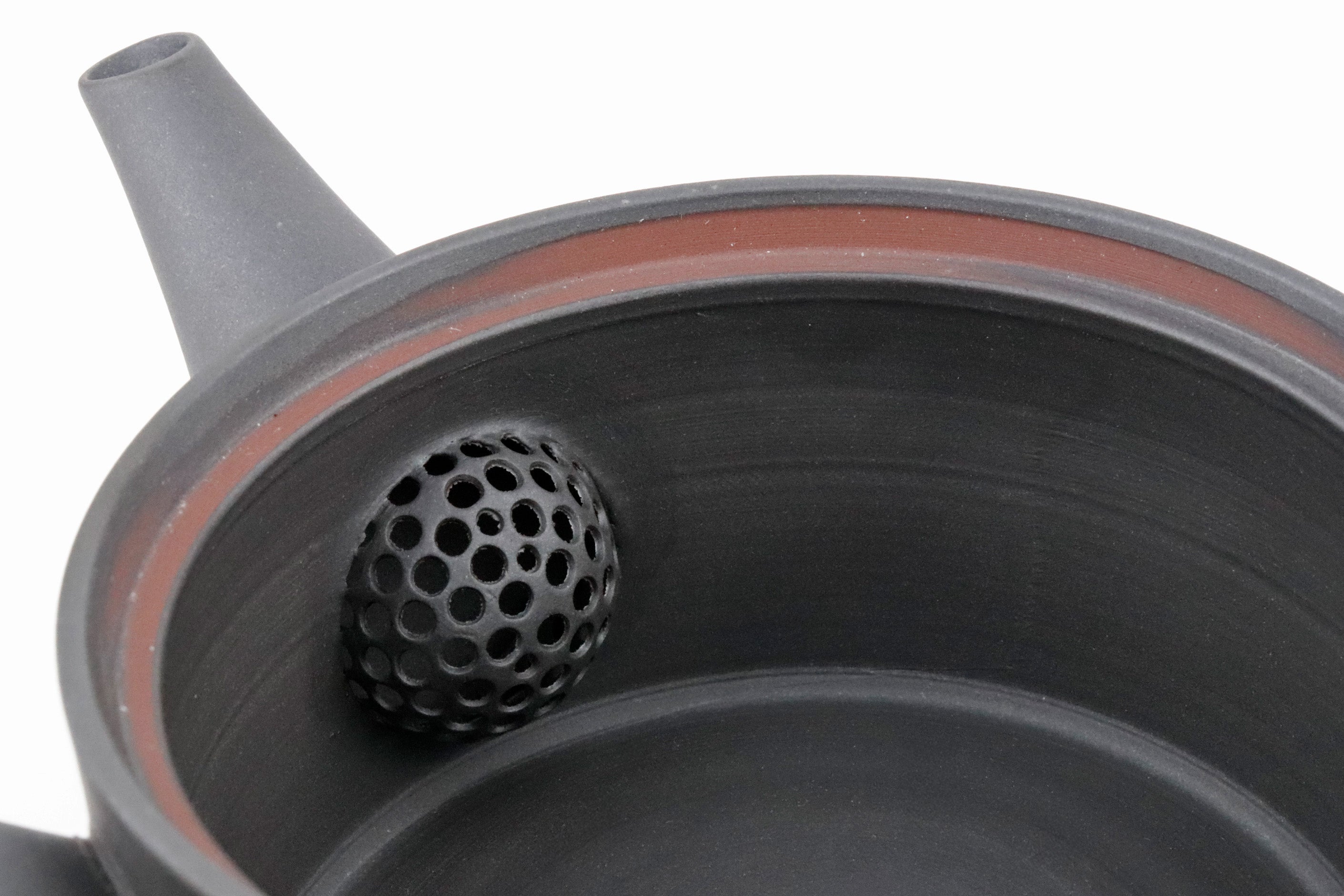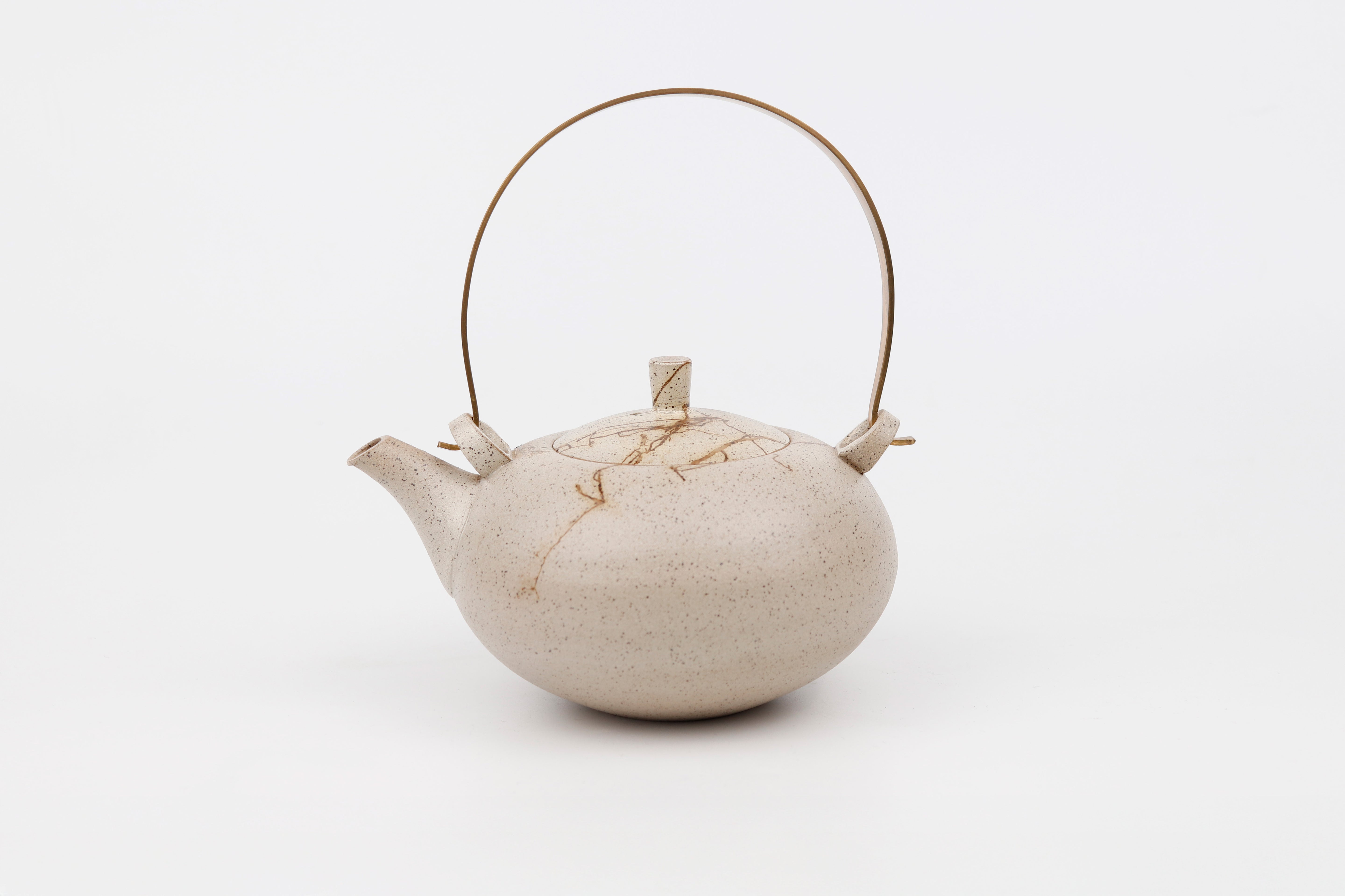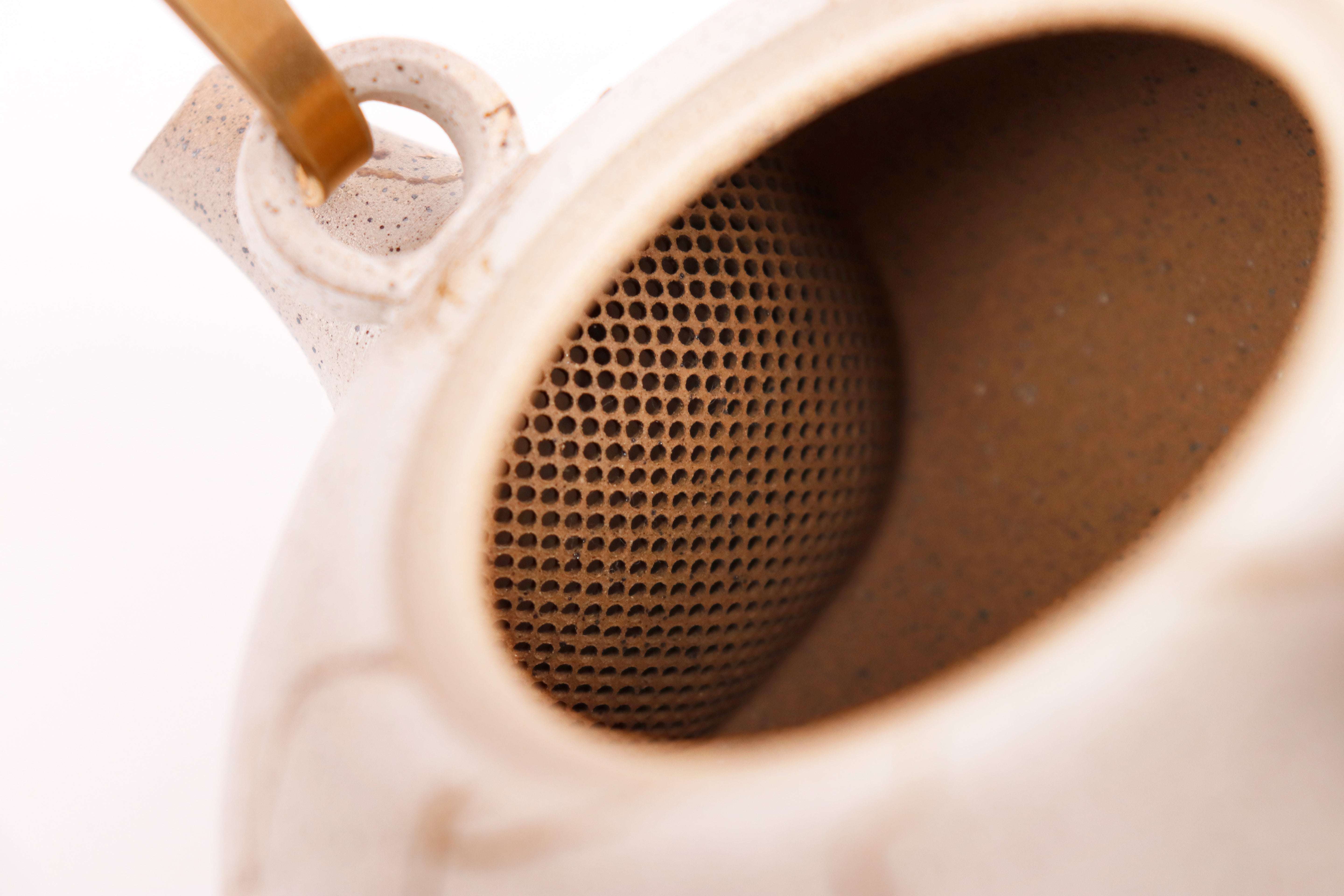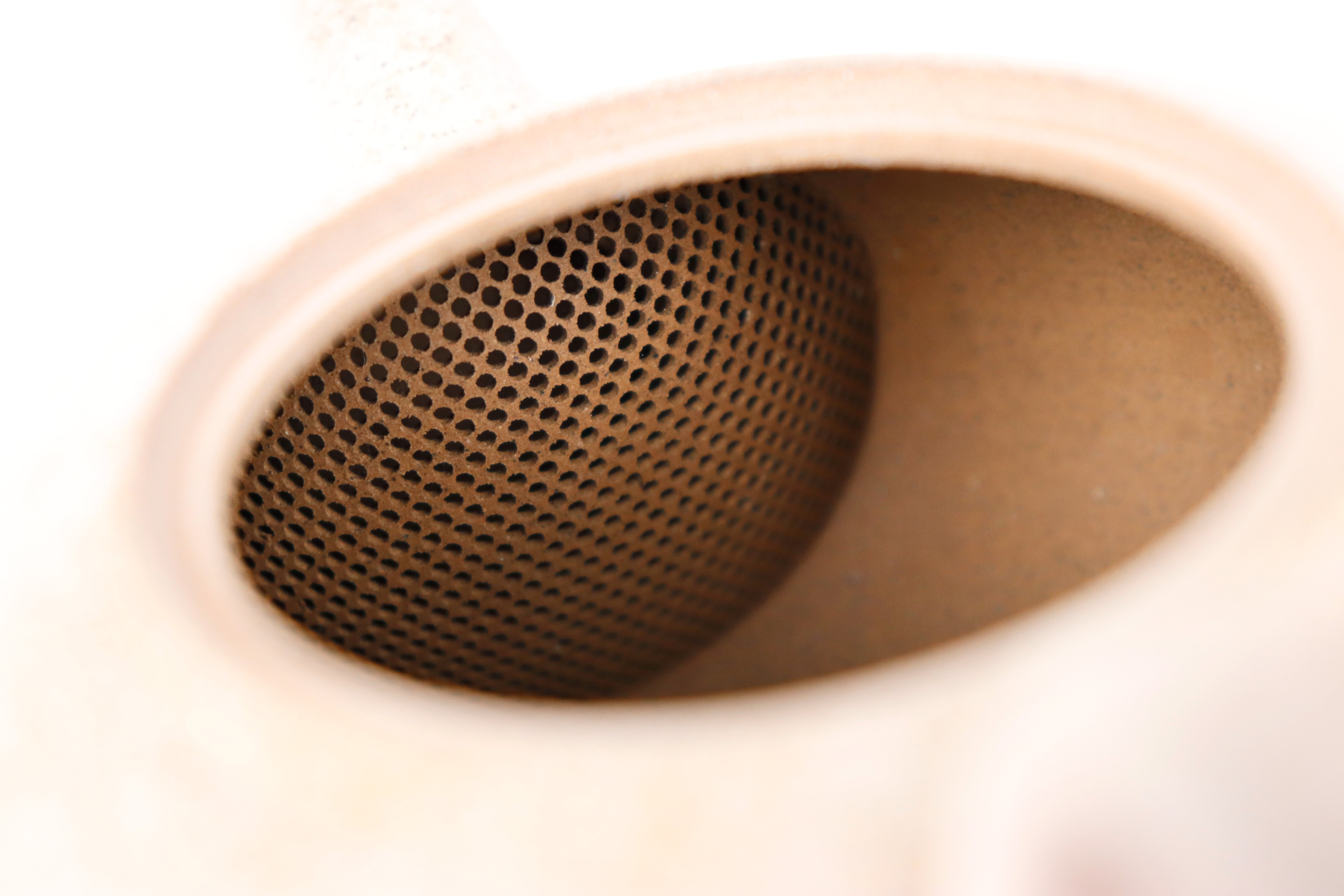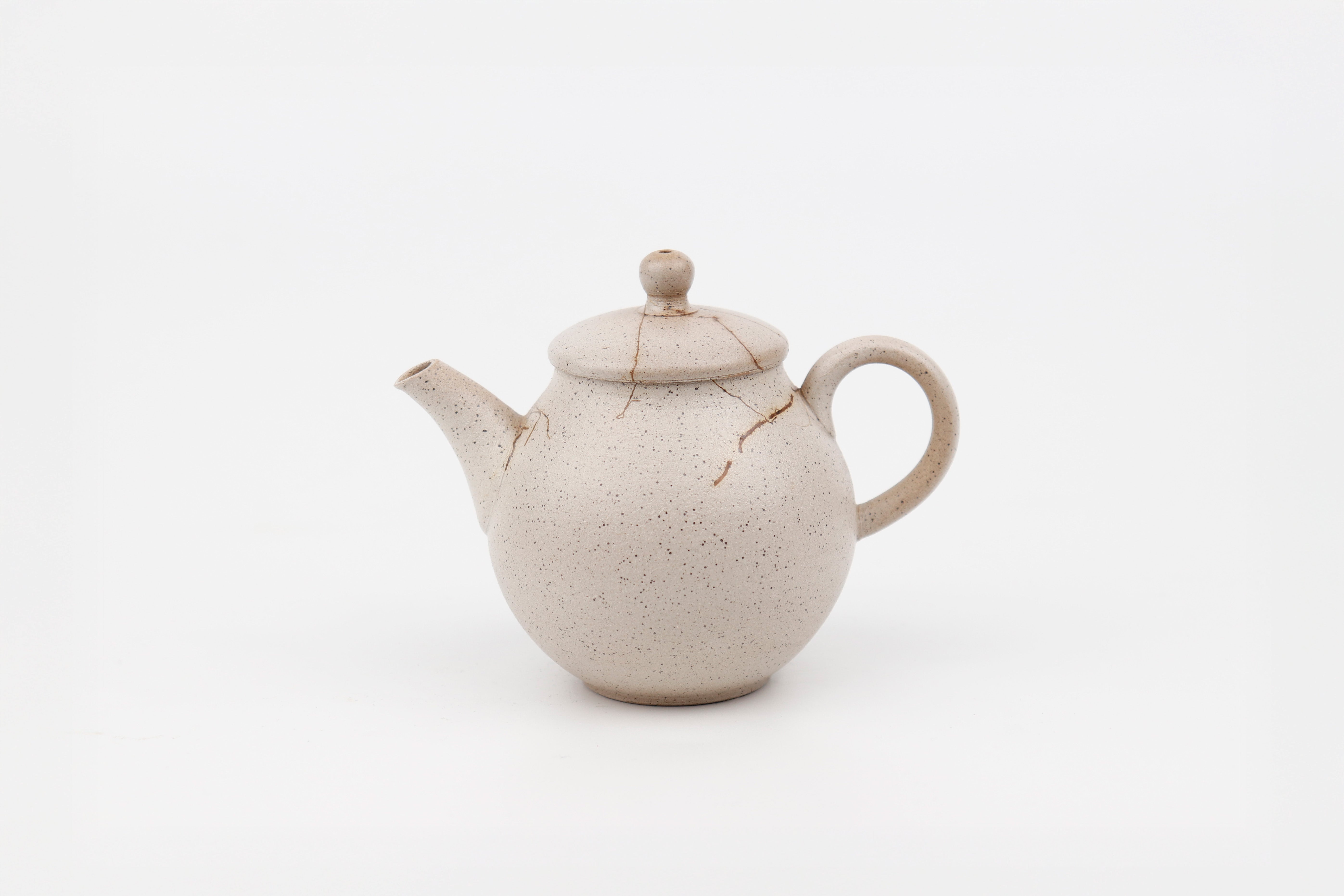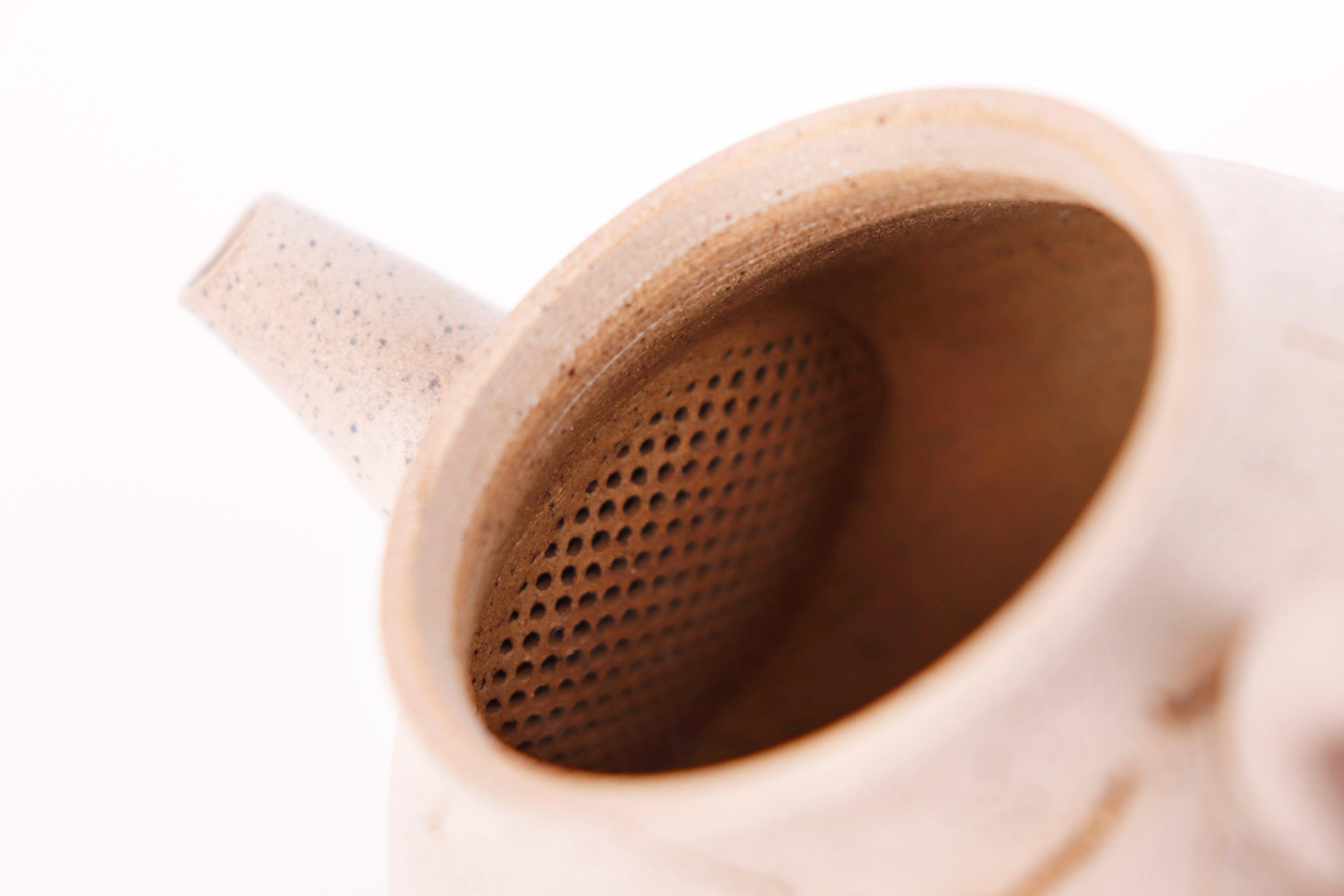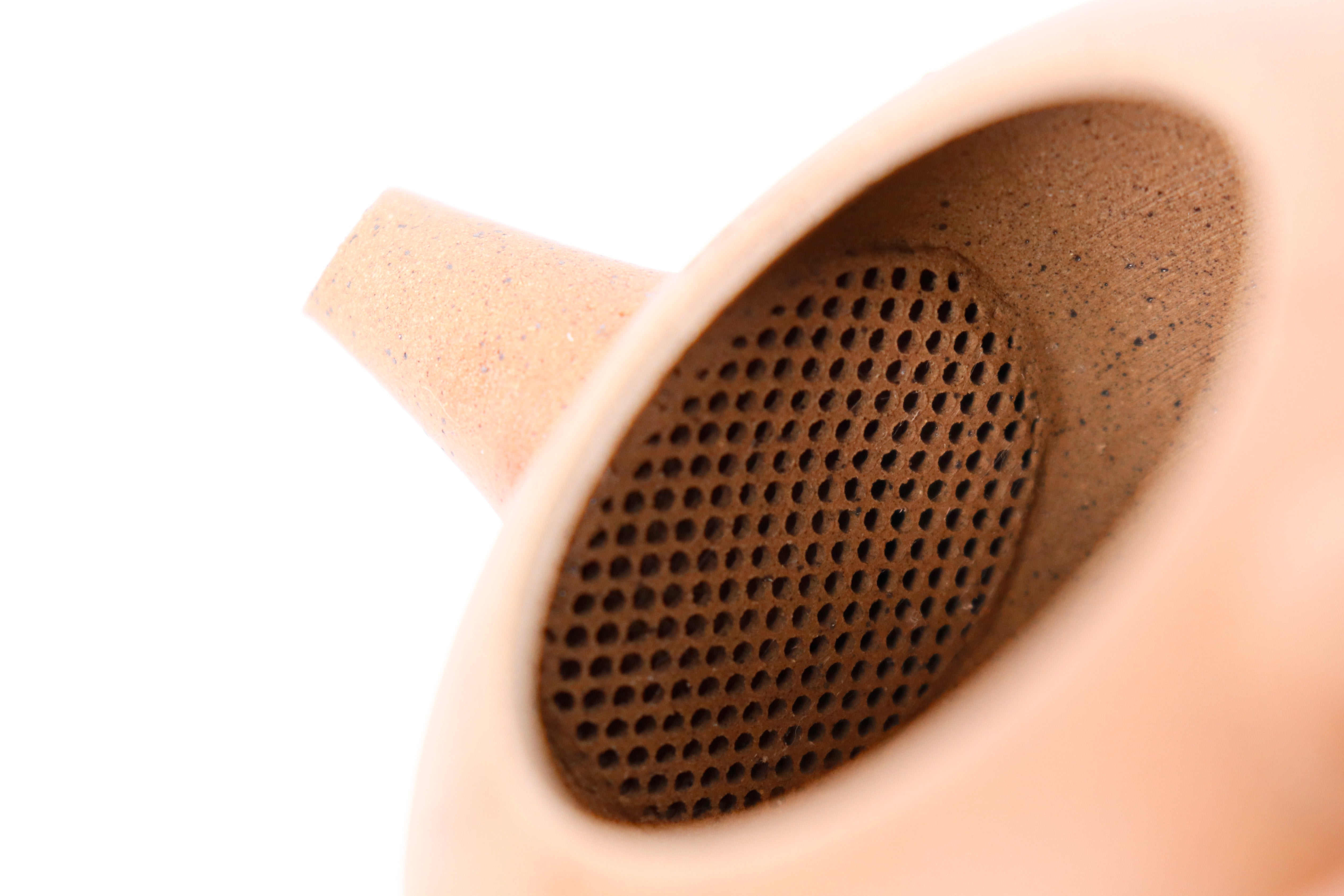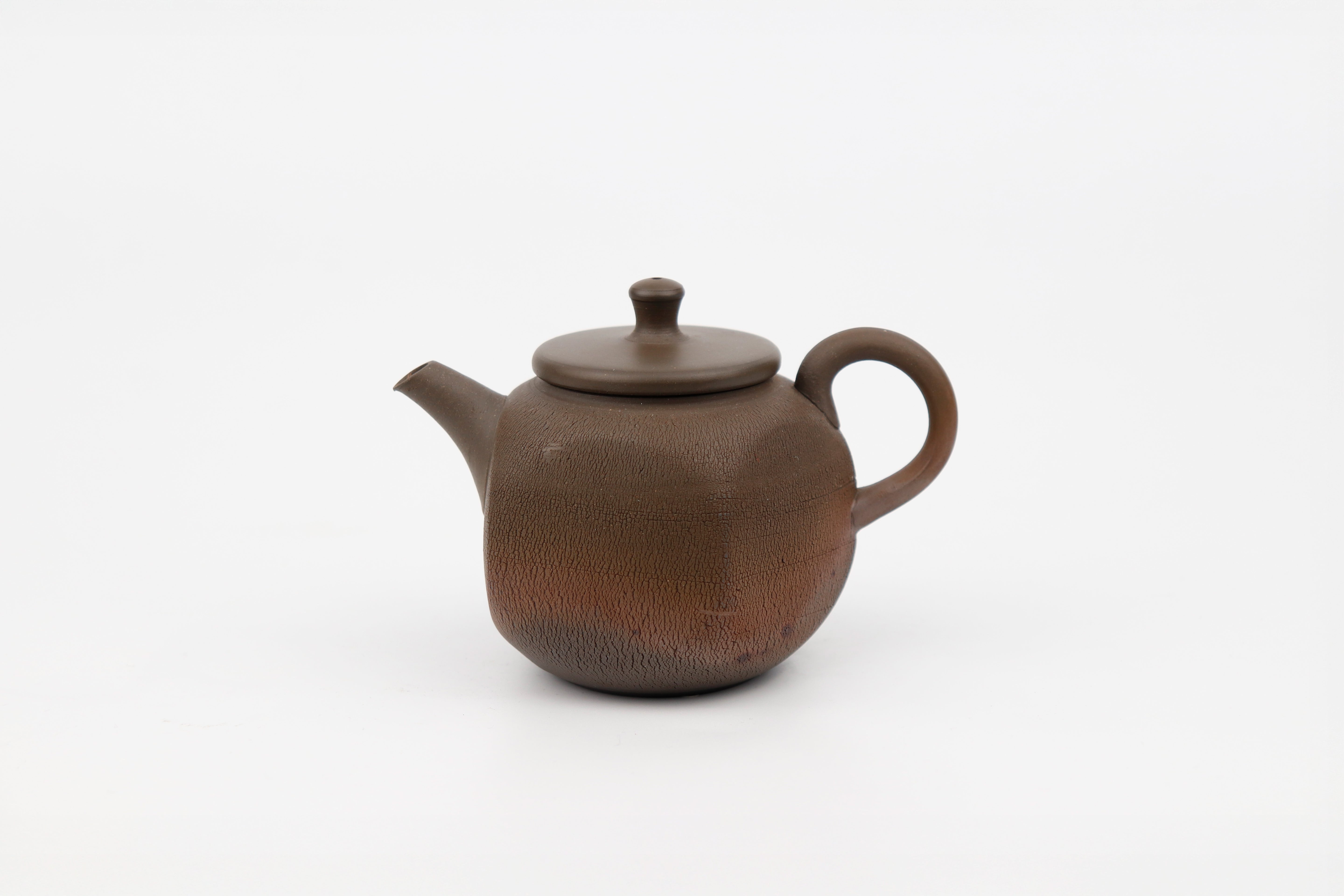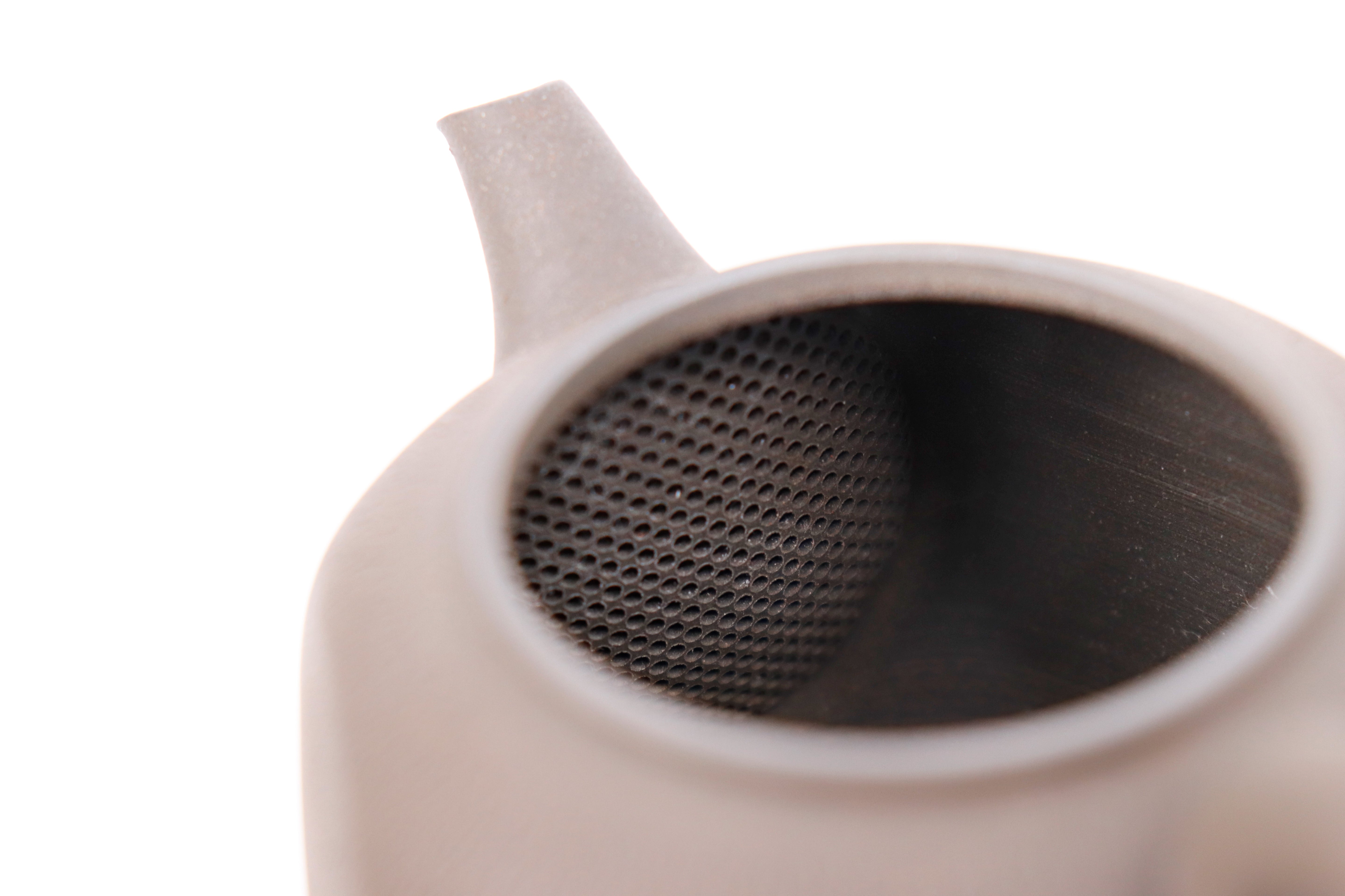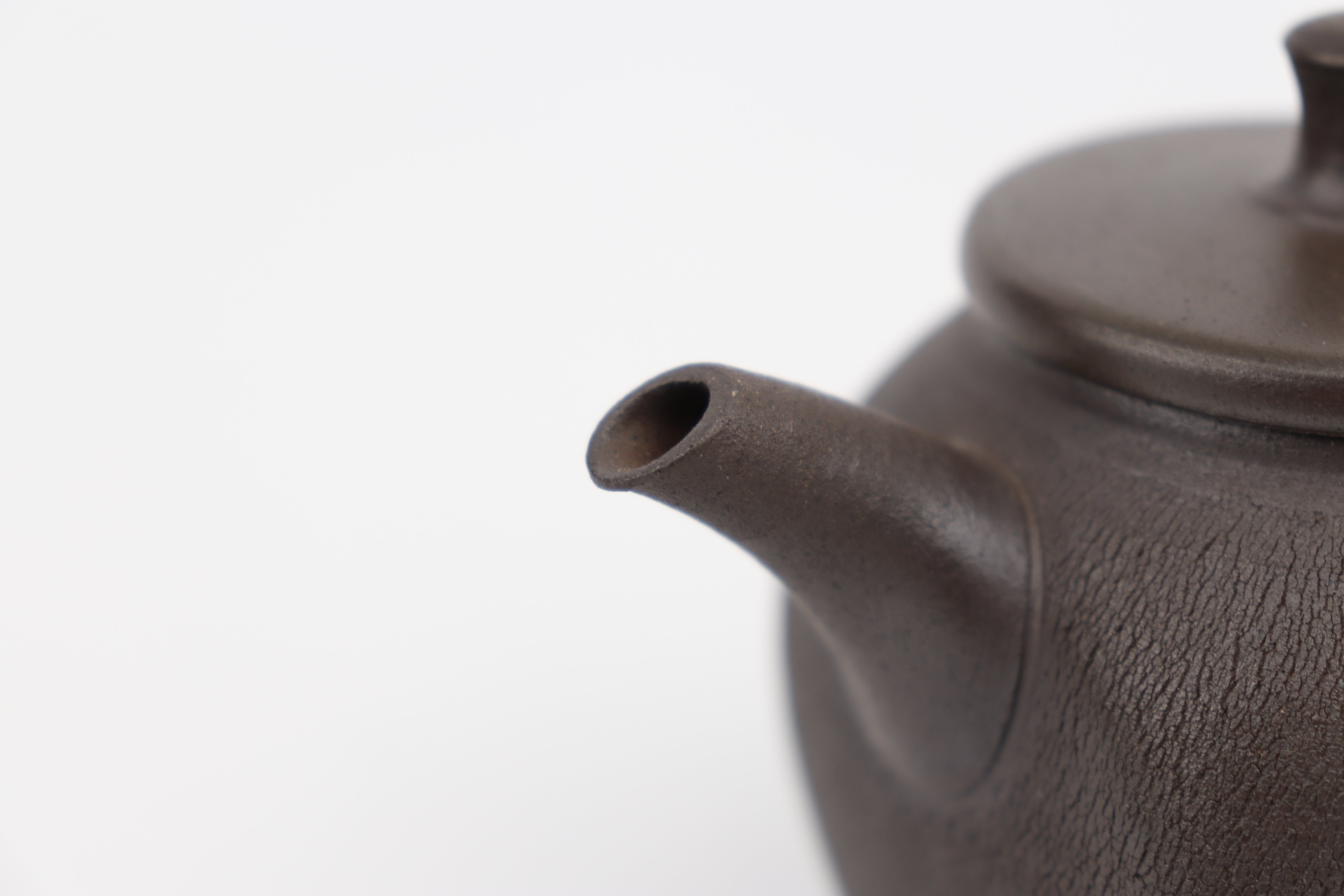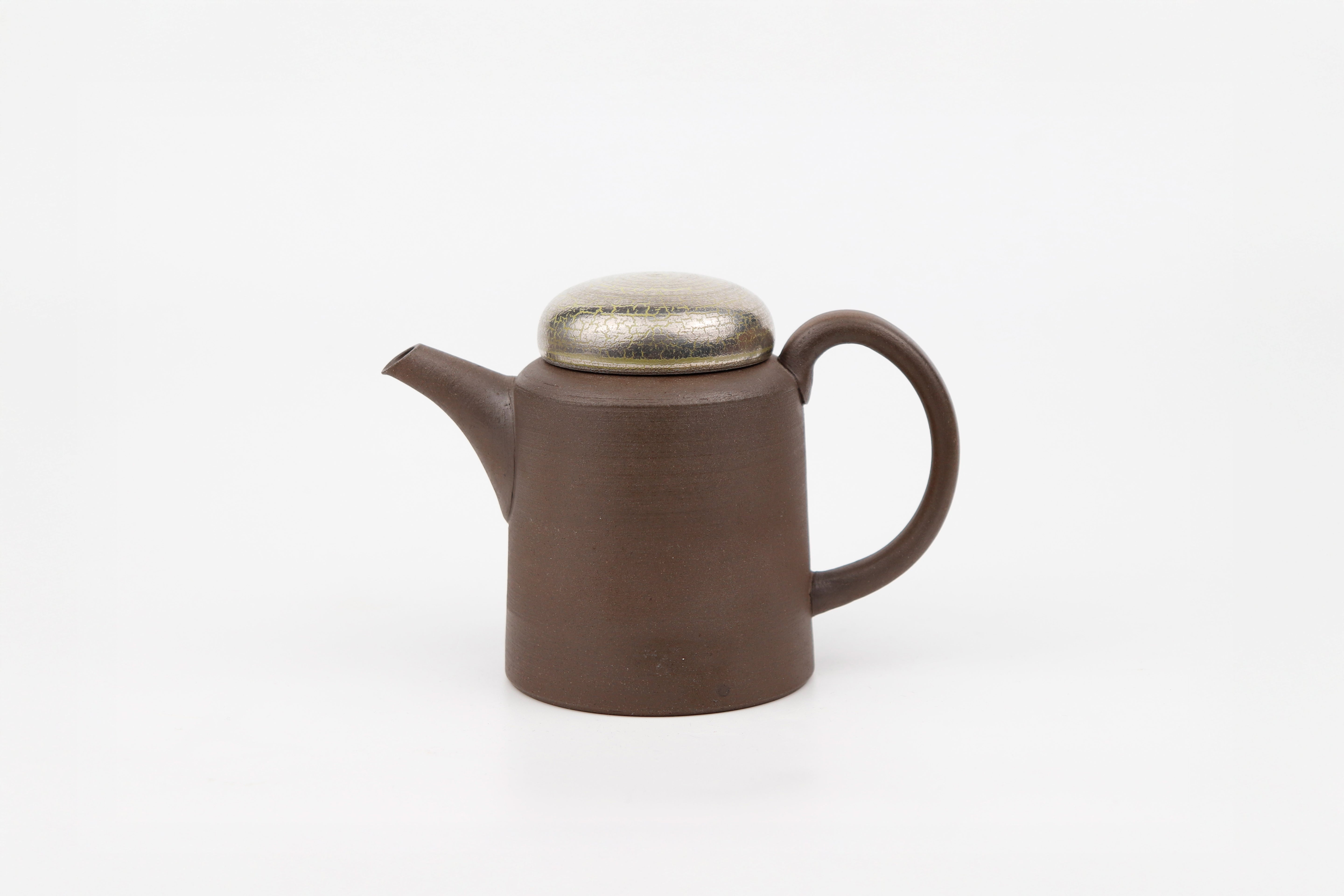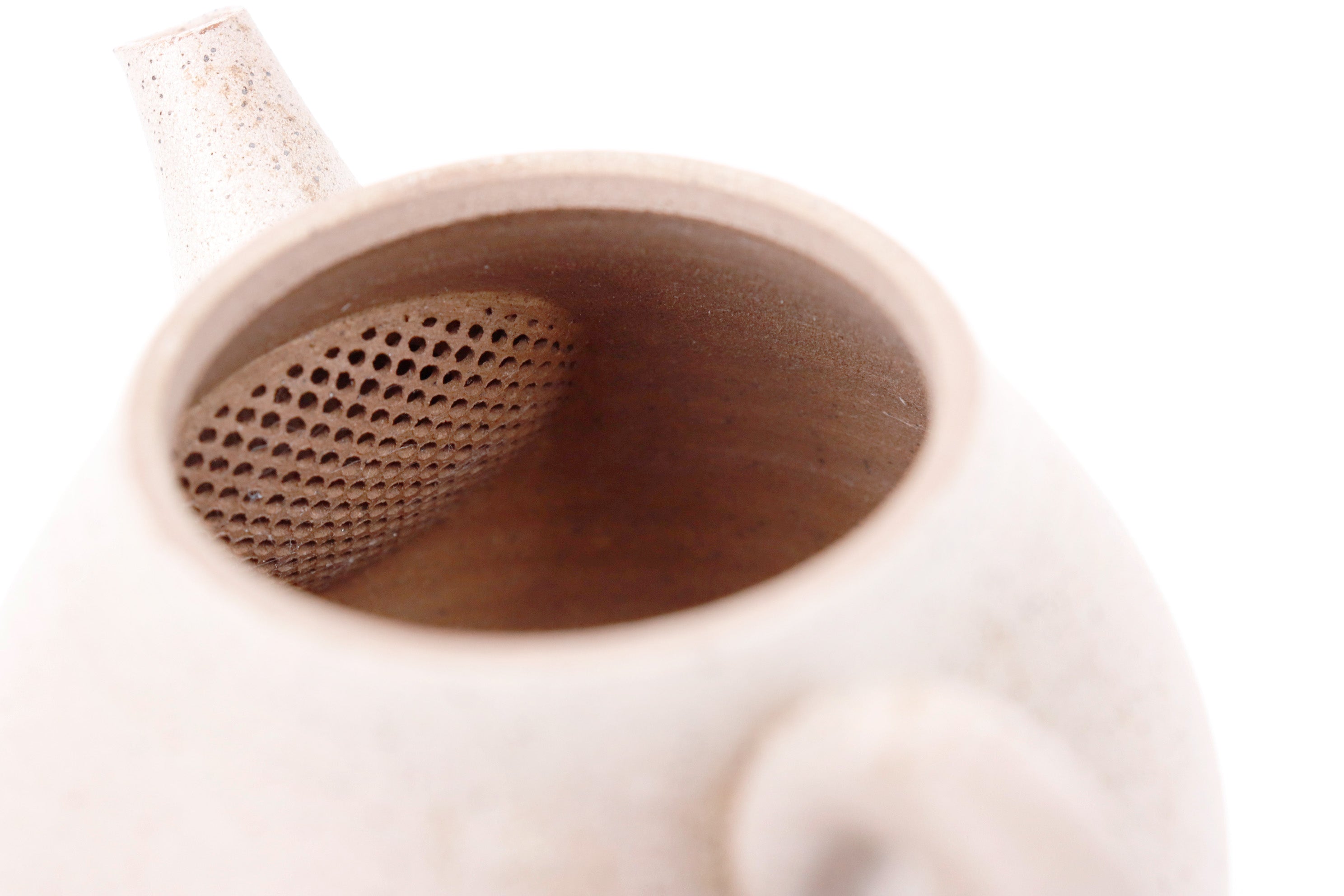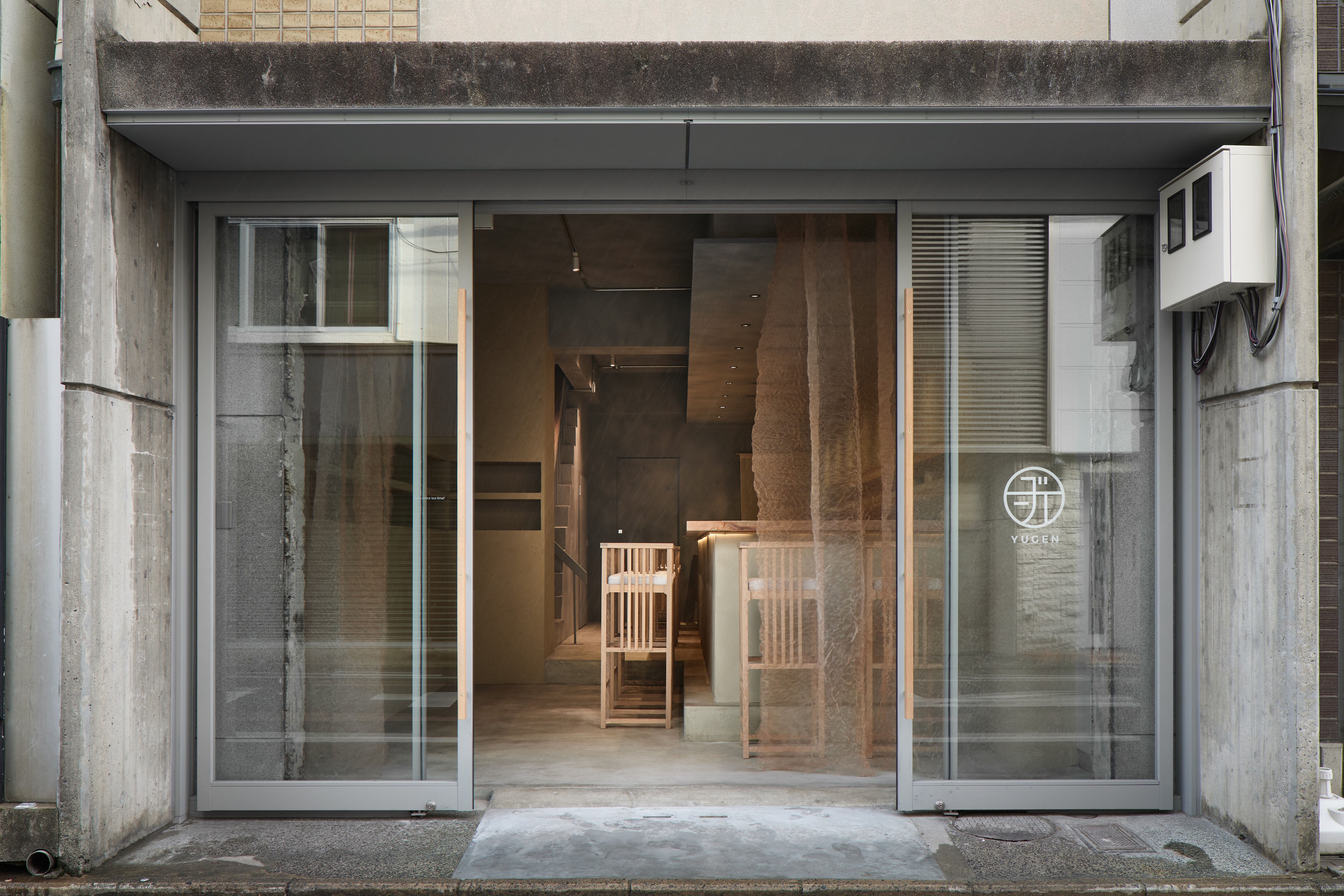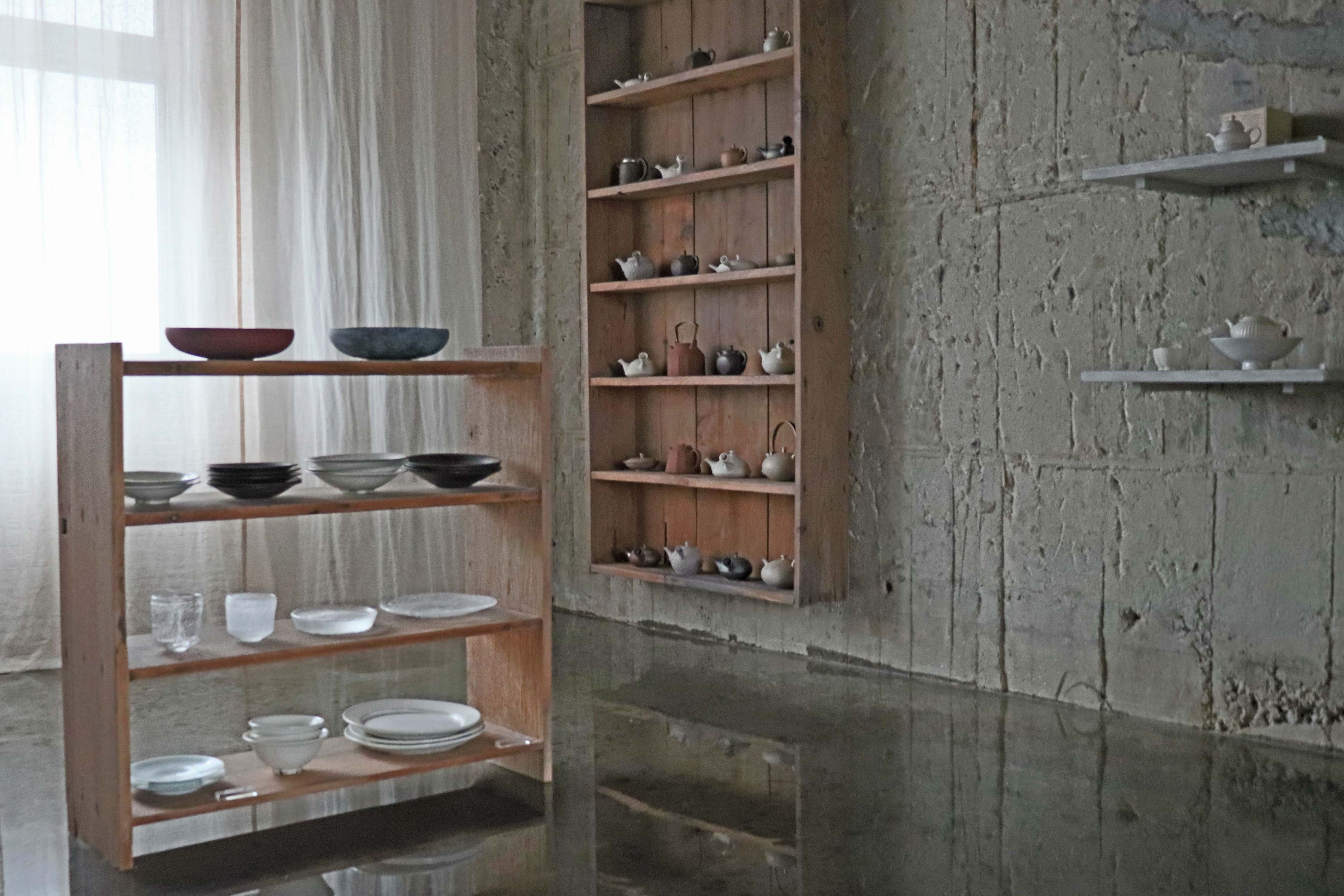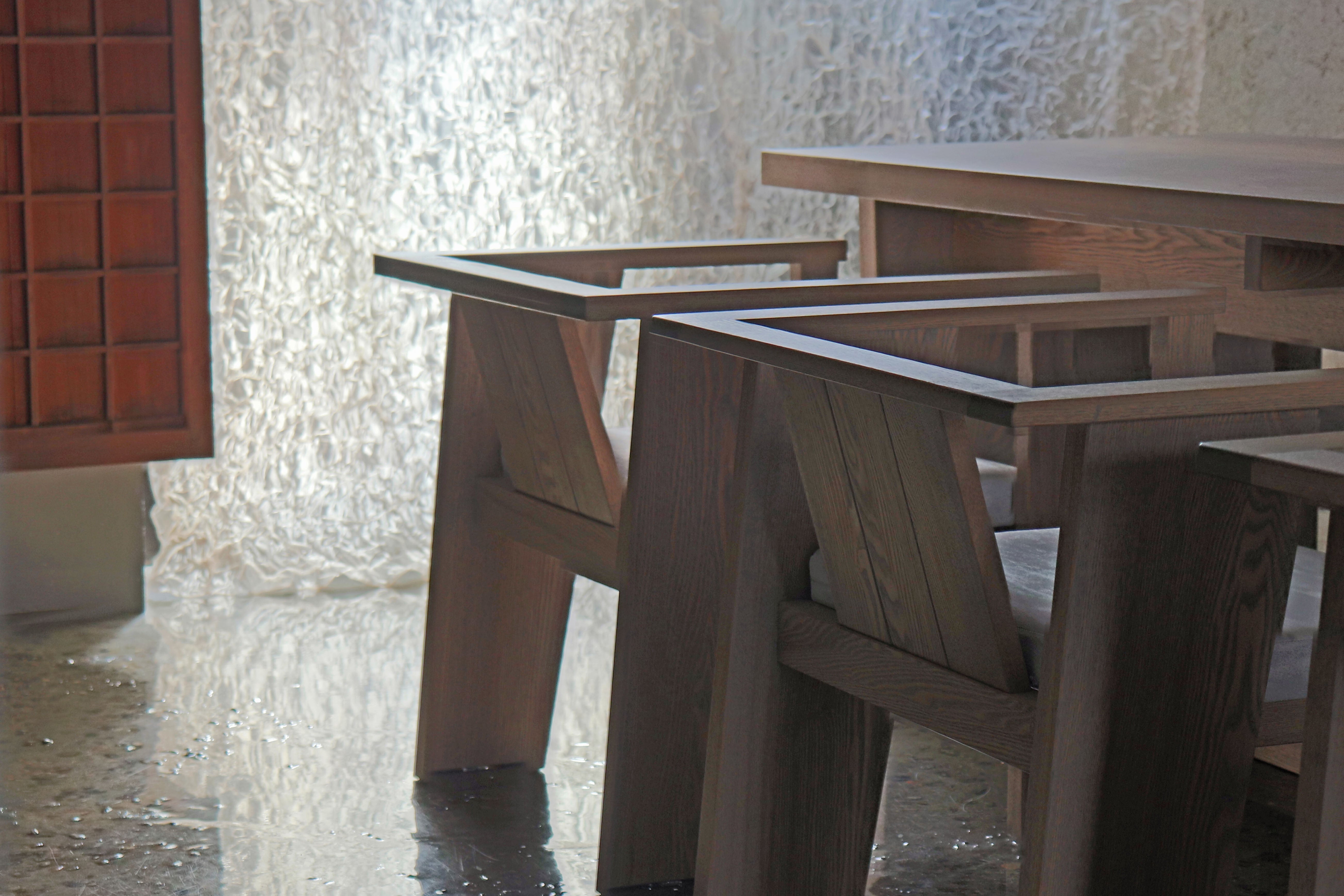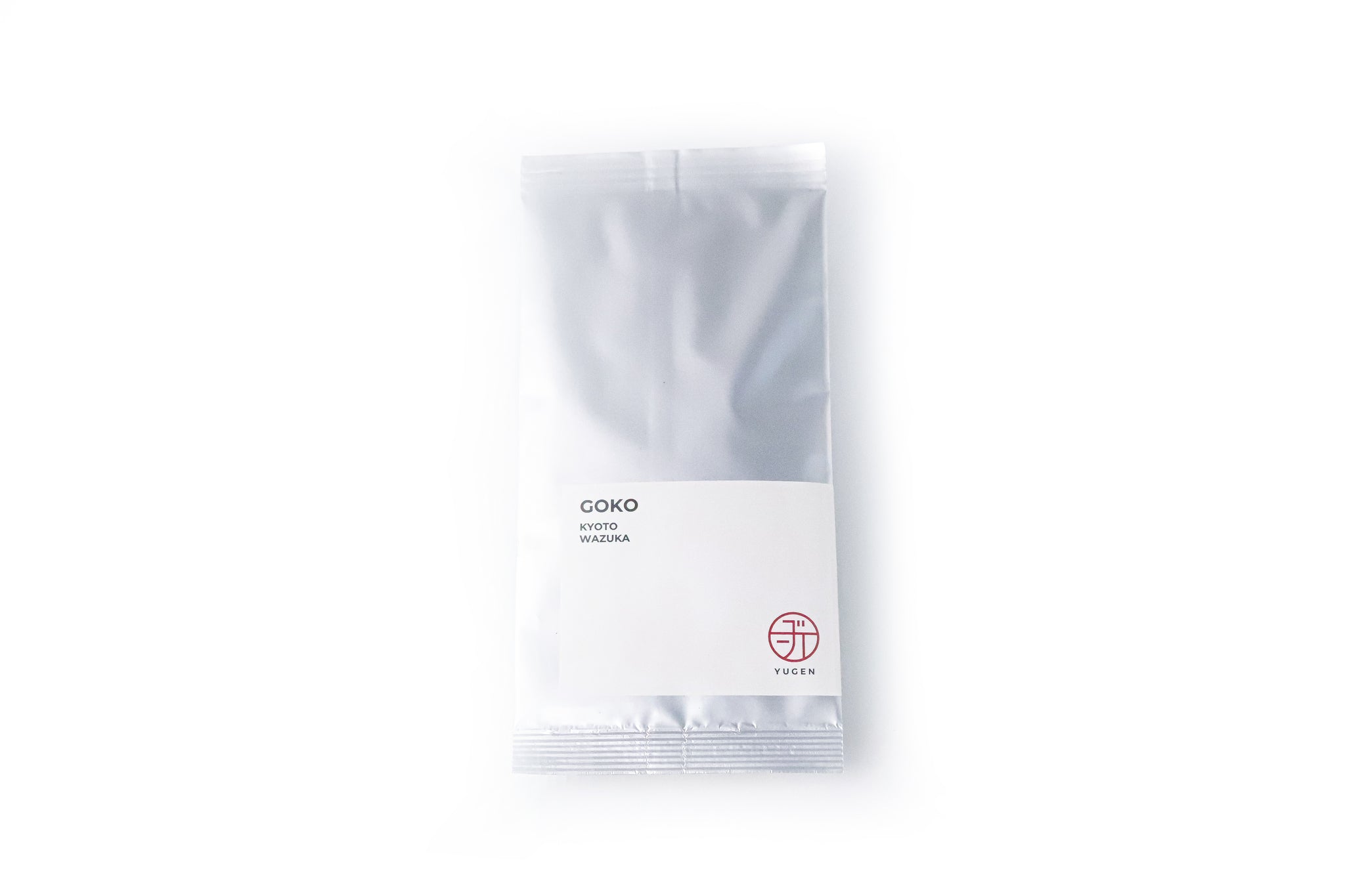
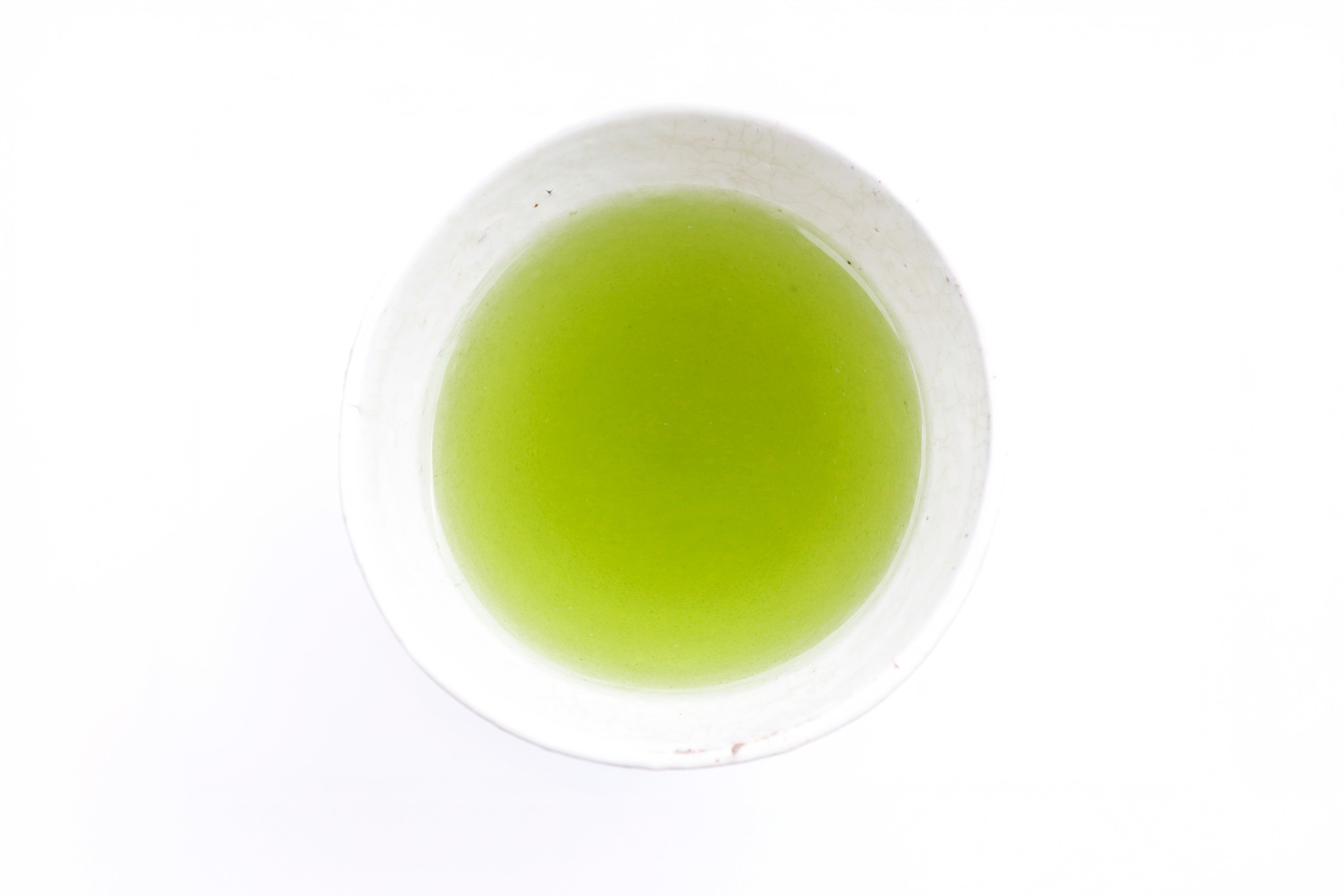
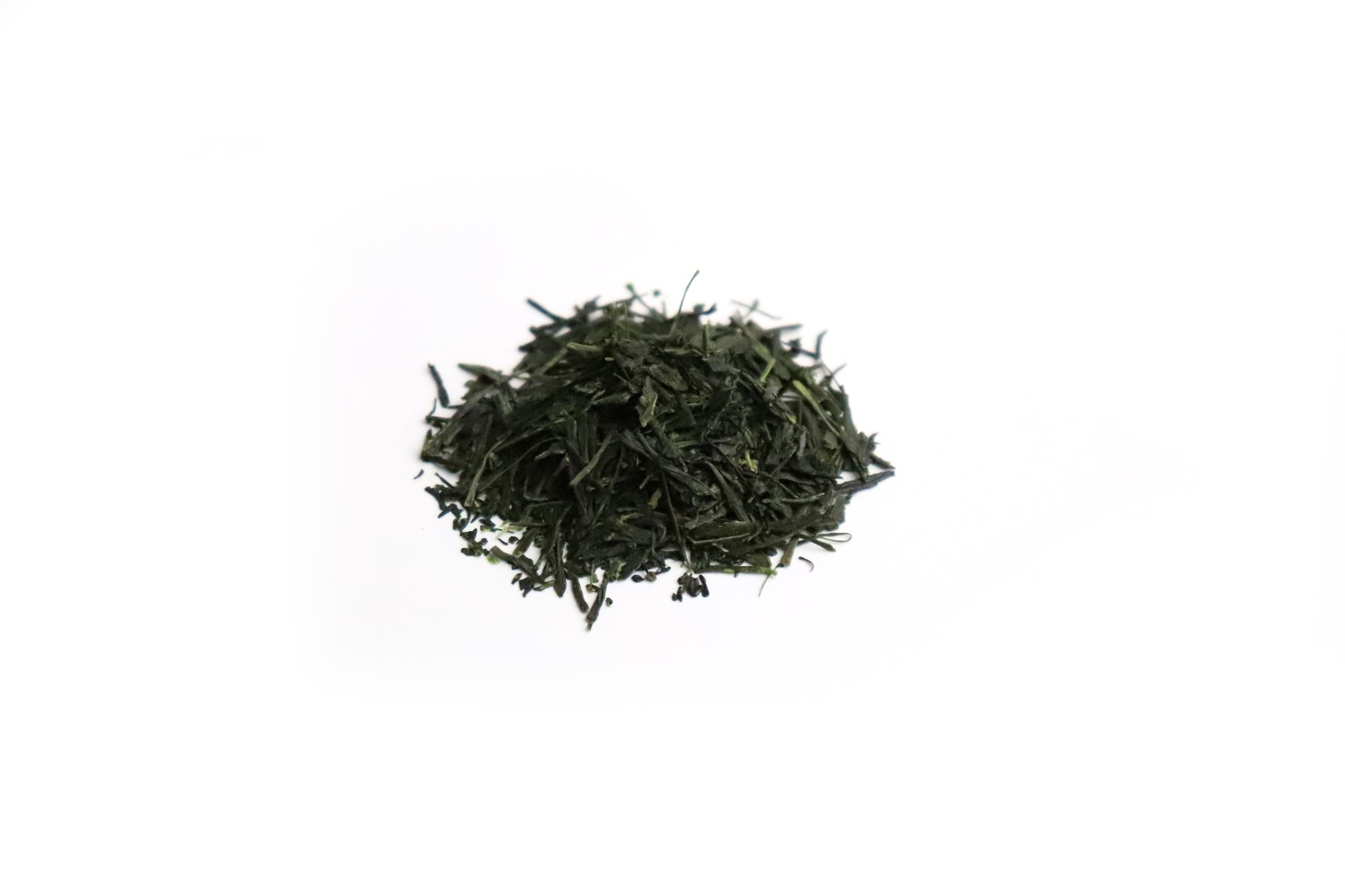
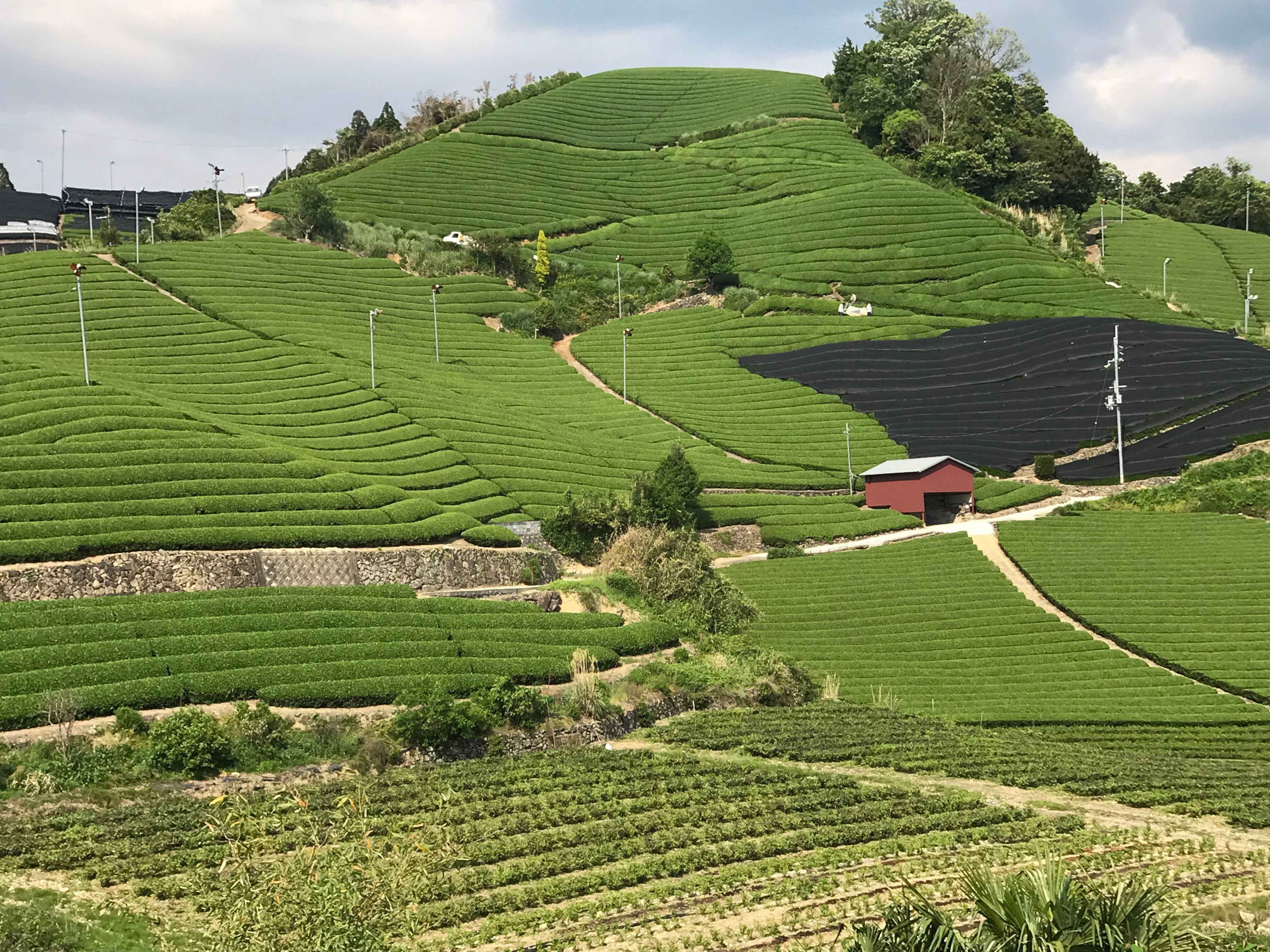
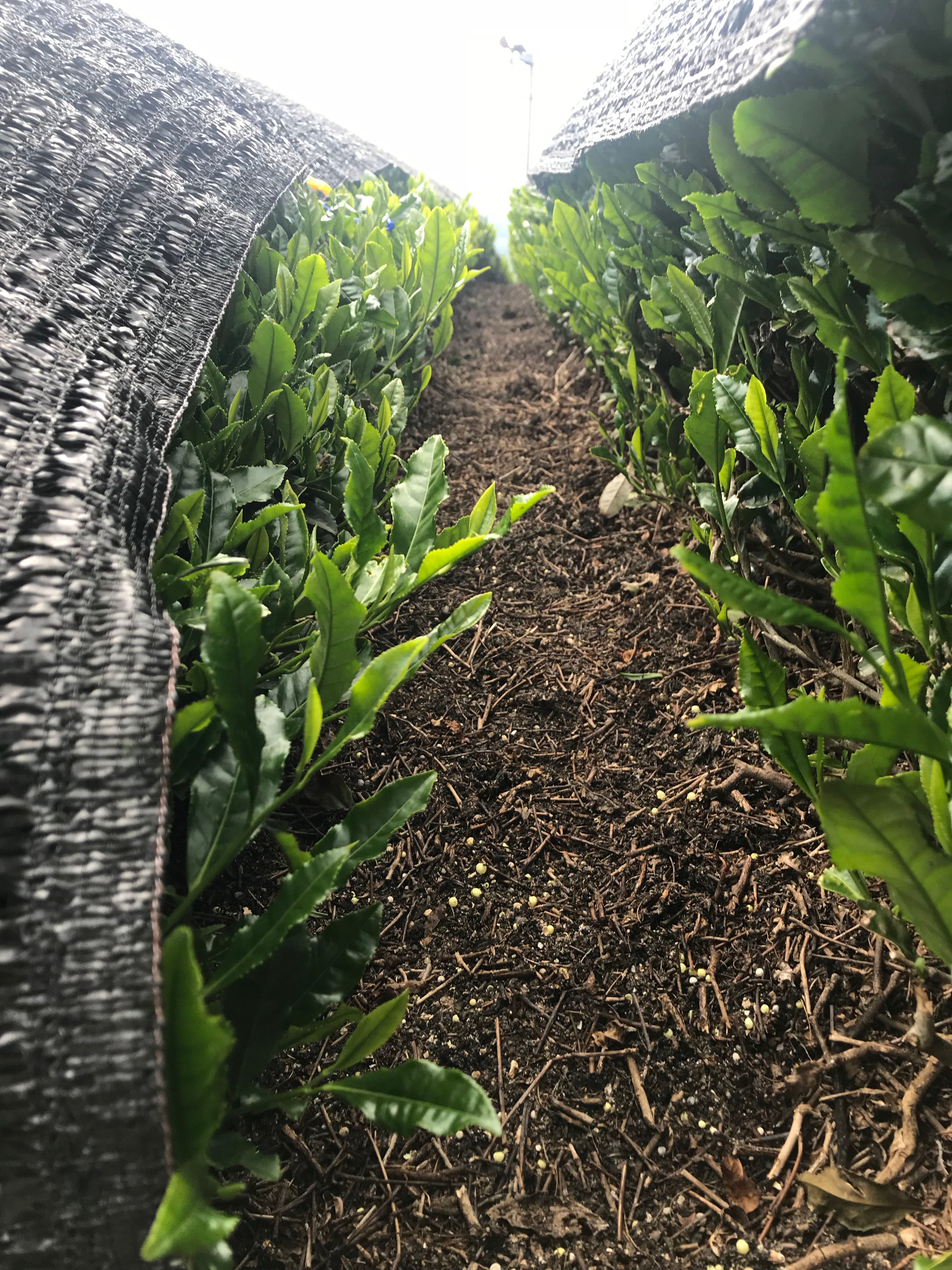
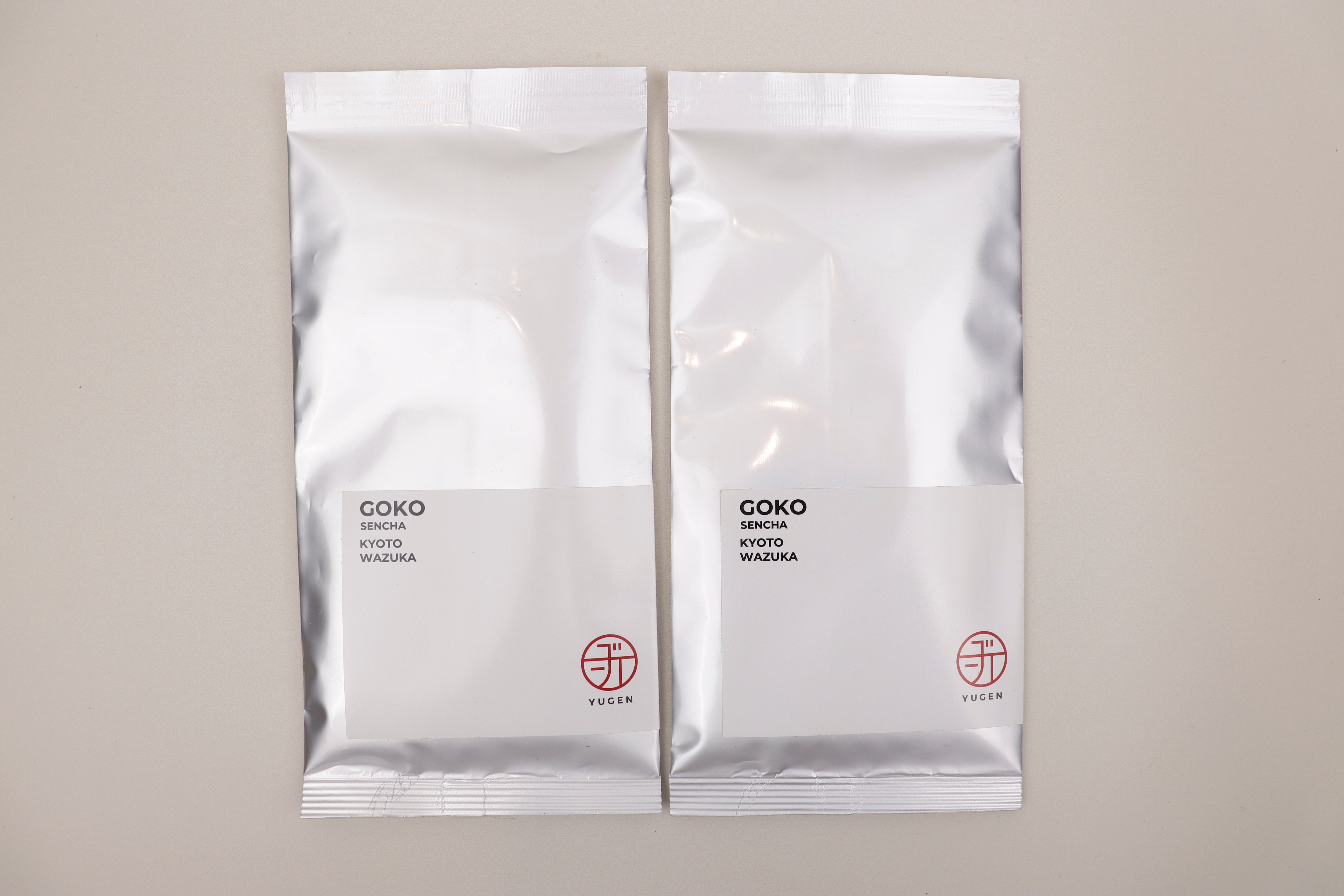
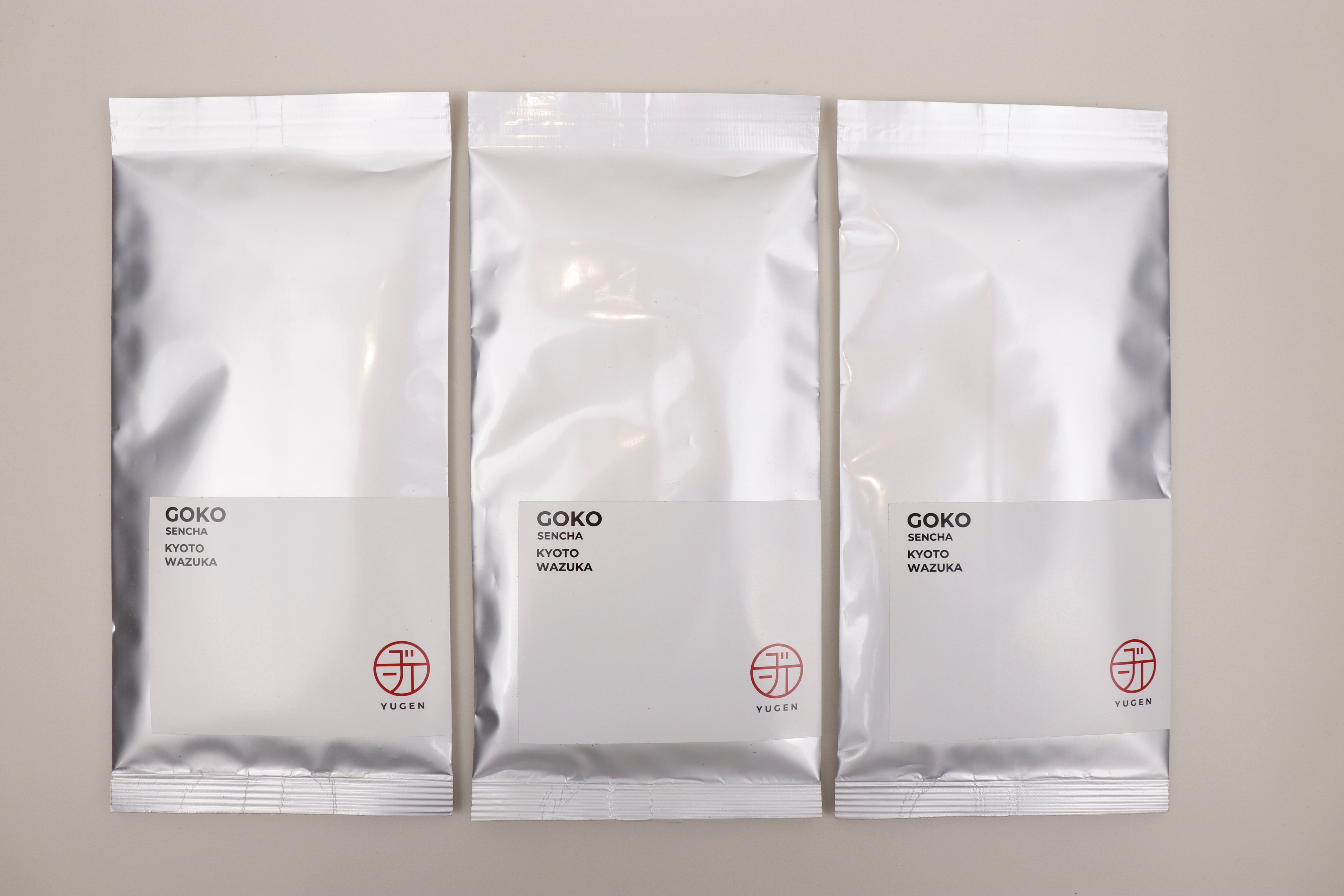
GOKO (Kabuse Sencha / Kyoto)
Sweetness (Umami): ★★★★ Astringency: ★ Color: ★★★
Color of tea water Left: 1st brew Right: 2nd brew
Goko from Wazuka Town, Kyoto Prefecture
This variety is often enjoyed with gyokuro or matcha, but this time we finished it with kabuse sencha.
The characteristics of single-origin goko are the strong sweetness and umami of tea leaves, which have a strong impact.
The first infusion has almost no astringency or grassy smell, and the rich umami, sweetness and mellow aroma that have the impact of carefully prepared dashi soup will stimulate your five senses.
Even in the second infusion, there is almost no astringency, and while the impact of umami and sweetness remains, you can enjoy the depth of the mellow mouthfeel and the refreshing side of gokou.
"Kyoto Wazuka"
For 800 years, Wazuka-cho, Kyoto is an area that has maintained traditions, cultivated tea plantations, and consistently produced high-quality tea. The temperature difference between day and night is large and fog tends to occur, which helps block direct sunlight on the tea leaves, making it suitable for growing high-quality, sweet tea leaves.
・Characteristics of Kabusecha It is a kind of Japanese tea located between sencha and gyokuro. The cultivation method is the same as gyokuro, with a cover to block direct sunlight.
Gyokuro is covered for about 20 days, while kabusecha is covered for about a week. (YUGEN's Covered tea is 14 days to 20 days. We carefully select tea leaves carefully grown by hand by tea farmers. )
As a result, it has the sweetness and umami of gyokuro, but it also has the flavor of sencha.
There are also differences in the ingredients that are extracted depending on the temperature of the hot water. When brewed at a lukewarm temperature, the sweetness and umami of gyokuro are strong, and when brewed at a hot temperature, you can enjoy the refreshing astringency of sencha.
Therefore, it is recommended to raise the temperature to about 60 to 70 degrees for the first brew, and raise the temperature by about 10 degrees for the second and subsequent brews to enjoy the difference in taste.
Benefits of Kabusecha Kabusecha not only contains the catechins contained in tea, but it also contains an abundance of vitamin C, a type of amino acid known as theanine, which has antioxidant properties and is excellent for relaxation.
We recommend storing Japanese green tea in a cool, dark place. Avoid places with high humidity, strong light, and strong odors.
Choose options







How to Brew Delicious Tea
【 Basic Measurements 】
・For 1 serving : 4-6g tea leaves / 100ml hot water
◆ First Brew
Water temperature : 50°C
Steeping time : 2 minutes
Point : Brewing slowly at a low temperature results in almost no bitterness or astringency, allowing the deep umami flavor to shine through.
◆ Second Brew
Water temperature : 60°C
Steeping time : 30 seconds
Point : Slightly increasing the temperature brings out a new layer of aroma and mild astringency, along with a gentle umami taste distinct from the first brew.
→UJIHIKARI (Gyokuro / Kyoto)
【 Basic Measurements 】
・For 1-2 servings : 5g tea leaves / 160ml hot water
・For 3-4 servings : 8g tea leaves / 300ml hot water
◆ First Brew
Water temperature : 85°C
Steeping time : 90 seconds
Point : Enjoy the signature aroma of sencha along with a refreshing bitterness and astringency, balanced by a gentle umami and subtle sweetness.
◆ Second Brew
Water temperature : 85°C
Steeping time : 20-30 seconds
Point : Slightly increasing the temperature enhances the astringency, offering a lighter, more refreshing taste compared to the first infusion.
◆ Third Brew
Water temperature : 95-100°C
Steeping time : 10 seconds
Point : A short steep with boiling water brings out a soft bitterness and astringency, creating a clean, mellow finish.
【 Basic Measurements 】
・For 1-2 servings : 5-6g tea leaves / 160ml hot water
・For 3-4 servings : 8-10g tea leaves / 300ml hot water
◆ First Brew
Water temperature : 65°C
Steeping time : 90 seconds
Point : Brewing at a lower temperature reduces bitterness and astringency, allowing you to fully enjoy kabusecha’s signature “covered aroma” (ooika) and its rich umami flavor.
◆ Second Brew
Water temperature : 85°C
Steeping time : 20-30 seconds
Point : Using hotter water brings out a slightly more astringent profile, offering a new dimension of flavor compared to the first brew.
◆ Third Brew
Water temperature : 95-100°C
Steeping time : 10 seconds
Point : A quick steep with boiling water draws out a gentle bitterness and clean astringency for a refreshing finish.
